Introduction
Finally! If you have been following my articles, you know how much I adore/love/am enamored with Aggro Paladin. It was my very first legend deck and continues to be my favorite deck in the game. As such, it should come as no surprise that every time someone brings a version of it to legend, I jump at the chance to cover it. This week, I bring you a very interesting spin on Aggro Paladin that, while still having the same core as classic aggro, has some very key changes. This is not the Shockadin deck of old, using things like Wolfrider or Bluegill Warrior to push through damage. This is a slower deck that takes board control early and never gives it back. In fact, with only one Equality and only three minions with charge, this deck plays a lot more like Zoo than anything else.
Aggro Paladin is a deck that has always depended on Divine Favor to give it an extra push in times where other aggro decks would fail. This deck is no different. What makes this so powerful is, Paladin got a lot of strong cards in GVG. They are all on display here, and a lot of cards commonly used in Midrange Paladin (Shielded Minibot, Coghammer, Muster for Battle) enable this deck to do something most aggro decks cannot. Resilience is the cornerstone of any good aggro deck, and this deck, with so much divine shield, trades well with other aggro decks and gives control decks a complete headache. That combination, mixed with card draw and ample burst, creates a very strong, very unique, very fun, breed of aggro.
Key Cards
Southsea Deckhand
Southsea Deckhand may just be a 2/1 for 1, but, due to its charge, you want to only use it in very specific ways. As I discuss in the video, Southsea Deckhand is a card that you typically want to only play when you have a weapon. While a 2/1 for one isn’t the worst deal, this card gives you the little burst you have. As such, it can be comboed with Blessing of Might or Blessing of Kings to give you surprise lethal. That extra push is invaluable in a deck like this, and, while sometimes you are forced to play them on turn one, you almost always want to save your deckhands for pushing that damage through.
It should be mentioned that, while rare, you can also combo these pirates with the like of Abusive Sergeant to trade up. This deck is at it strongest when you have a full board and your opponent has nothing. May seem like an obvious statement, but it is an important thing to remember when playing. There are a couple times in the video where I give up face damage to clear the board, and this is almost always the right play. The goal of this deck is to trade your cards in good ways, getting rid of your x/1 minions, and then using your bigger cards to hit face. Southsea Deckhand is almost always going to hit face, but never underestimate its ability to act as a two damage spell to take something of the board.
Coghammer
Besides Divine Favor, this card gets my vote for the best in the deck. One of the biggest problem aggro Paladin has had in the past is its weakness to other aggro decks. There is little heal, no taunts and you typically do not have enough quick damage to race them. This weapon changes all of that. Coghammer is a card that gives you a huge tool against aggro for two reasons. One, it puts gives a minion with divine shield and taunt. That usually buys you some valuable time, and can soak up damage against Hunters who do not have Ironbeak Owl. On the other hand, this card also enables you to clear the board, and will eat other early game minions such as Knife Juggler, Flame Imp or Mad Scientist.
One of the keys to this deck is versatility. While Coghammer enables you a great tool against both Hunter and Zoo, it also is very strong in the Control matchups. Six damage to the face (which this usually is against Warrior, Druid, Paladin and Priest) is very good for three mana, even without any of the extra bonuses. Furthermore, most of the slower decks in the game depend on singular removal to win games. Giving a minion (especially a Knife Juggler) divine shield can ruin their plan, and be a nightmare for decks like Control Warrior.
Divine Favor
As stated, aggro Paladin depends a lot on Divine Favor. This does not mean that you cannot win without Divine Favor, but it means that setting up your favors is a huge part of winning game. These are almost always dead cards against Hunter and Zoo (though sometimes they hit) but they are so strong against every other deck in the game, that the risk is most definitely worth the reward. There are many decks in the meta that love cards, and while Rogue is not really present anymore, you can still rip off huge favors in many games. There are two modes to effectively using Divine Favor, and you need to be able to understand them both in order to play this deck correctly.
The first part of using this card is, of course, you don’t want to have cards in your hand. You need to be able dump your minions on curve, and typically want to use up all of your mana in order to do this. Sometimes this means overextending, but since favor allows you to recover, this usually is not a problem. By always playing your curve, it will ensure that you will always have a low card count, and gives you just an extra chance to go in for the big favor. Even if you do not have a favor, you always want to be thinking about what will happen should you draw one. This does not always mean you need to draw a full hand (most of the time you will only draw three or four cards) but you want to maximize the amount of cards you can get.
The second part to setting up your draws is to know when your opponent can play their cards. For instance, both Druid and Tempo Mage tend to hold a lot of cards…up to a point. Druid will have key turns (usually five or six) where they can Innervate or start to play two cards at once. Tempo Mage will save their cards, and then try to combo them together with Flamewaker or Sorcerer’s Apprentice. You want to play favor before those points to get the most cards you can. Each deck has a “tipping point” with their hand, especially if they realize you are aggro Paladin, and if you can get off card draw before that happens, you will usually be in a very advantageous position.
Blessing of Kings
Once again going back to the power of versatility, we have Blessing of Kings. This card, much like Coghammer is in the deck because of its strength against both aggro and control. Obviously, against many control decks, this card provides with both huge minion as well as way to push through extra damage. It often demands removal and, if it isn’t answered, will end games in just a few turns. Against aggro, think of this card as your “on button”. While you do not have too many ways to burst your opponent down, you are still an aggro deck. In the mirrors, you want to apply pressure while also controlling the board. However, a time will come when you need to start going face to take them off of their gameplan, and that is where this card comes in. This card suddenly makes you the threat, not them, and switches the roles. When that happens, even if they do have an answer, it can either eat damage (Kill Command, Fireball) or buy you some key extra turns.
Besides Hunter (Ironbeak Owl) and Druid (Keeper of the Grove) most decks do not pack silences these days. As a result, you will almost always be able to stick blessing for more than a turn. Think of this card like a Power Overwhelming that actually has to be answered after it’s played. It fills a very similar role, and in addition to threats and damage, Blessing of Kings also gives you the option to trade up. Many times you will find yourself killing things like Sludge Belcher without sacrificing anything on board. That alone deserves a slot. A silence-empty meta and some extra burst? That earns it two.
Matchups
A breakdown of the five matchups I see the most on ladder.
Face Hunter
One of my favorite parts about playing this deck is that is has a 50/50 matchup with Hunter (which is as about as good as it gets when facing off with Rexxar). While my advice when facing Hunter is always “stay alive”, that actually changes a bit here. While you do need to be aware of your life total, you need to be the aggressor here if you want to win. As always, it is a good idea to keep their board clear as much as possible, but life total is a valuable resource, and if you can ever switch the pressure over to them, you should. Hunter does a very poor job of keeping up when losing the damage race, and if you can clear early, you should be able to tilt that in your favor.
The two cards you absolutely need to watch out for here are Explosive Trap and Unleash the Hounds, while your two best tools are Coghammer (taunt to slow them down) and Blessing of Kings (huge threat). Divine shield minions are also very important, as they give you control of the early game, and can even be comboed with Abusive Sergeant to kill things like Misha and Leokk. Ironbeak Owl is always a must keep, as being to get rid of a trap trigger for free is invaluable. If you apply pressure, force them to make the trades, and keep track of their potential damage, you should can make it out of the fire.
Zoo
This deck is reason number two to play this list. While Paladin has always fared decently against the Warlock menace (due to Shielded Minibot[card] and [card]Muster for Battle), this deck takes that to a whole new level. Not only do you have the two aforementioned cards, but you also have access to Argent Squire, Consecration, Abusive Sergeant, Truesilver Champion and Knife Juggler. Each of those cards is great at getting board control and making very powerful trades. As a result, they all work very well to dismantle Zoo’s gameplan, and you will often find yourself in control by turn four or five because of it.
The real keys to this matchup, besides the early game, are knowing when to use your Consecrations and when to clear. In terms of clearing, you never want them to have access to any minions ever. This is important to note, because Zoo actually can’t do a whole lot when they have no minions. They are a deck that relies on board presence to win games and, while they are normally very good at that, you can challenge that plan extremely well. Just as with Hunter, Ironbeak Owl is a must keep, and you always want to mulligan to Muster for Battle and divine shield minions. If you have early plays, Coghammer is also a fantastic keep that can swing the game heavily in your favor. The last piece of advice I would give is, when you can, try and save the juggler/muster combo for turn five as that is one of the best responses to an Imp-losion.
Control Warrior
As Patron continues to wane to smaller and smaller numbers, Control Warrior continues its rise. This matchup is quite simple, and follows a very easy rule: Call their bluff. What the means is, this is not a matchup where you have the luxury of sitting back and doing nothing. They have a ton of ways to gain armor and clear the board, and you will die if you wait around for that to happen. Afraid of Fiery War Axe? Doesn’t matter, play your Knife Juggler. Don’t want them to have Death’s Bite? Still have to throw out your Muster for Battle. Yes, sometimes you do want to be aware of overextending into Brawl but for the most part you need to be proactive. If they can clear your guys, that’s fine. But, if they can’t, it’s very hard for them to keep up.
Brawl is very strong against you, so is Death’s Bite, Fiery War Axe and Armorsmith. However, despite that, this is actually quite a favored matchup. That is because, despite their tools for staying alive, Warrior’s premium removal (Execute, Shield Slam) are usually very bad here. As a result, you can swarm the board early, and force them into a bunch of tight situations. The rule in this matchup is to lean on your Divine Favors and just keep hitting face. Even something as simple as an unanswered Shielded Minibot or Knife Juggler can quickly stack up damage, especially when Blessing of Kings or Abusive Sergeant is involved. Weapons basically represent damage here, so you should use them on their face whenever you get the chance.
Tempo Mage
Tempo Mage is a very swingy matchup that comes down to the first few turns of the game. Though they have some insane plays (Flamewaker into Arcane Missiles) you have a lot of ways to trade effectively early on, which can really take the wind from their sails. Tempo Mage, much like Zoo, needs to get going early to survive. If you can get rid of their early game, they usually end up faltering during their weak middle turns. Much like Control Warrior, you cannot afford to play around their strong combos. You simply need to keep their board empty, keep your life high, and find ways to keep doing damage.
Ironbeak Owl is very strong, shutting down both Mad Scientist and Mana Wyrm, and Shielded Minibot is fantastic. As discussed, they are a deck that really enjoys keeping cards to a point, and if you ever have the ability to draw three or four cards off divine favor, you should. I would even prioritize this over adding extra things to the board. Just like Zoo, Tempo Mage is a deck that really cannot do anything without board control. If you can fight to the middle turns and trap them in the “one minion a turn” caveat, you should almost always end up winning.
Druid
Now that the Zoo craze has died down just a tad, Druid is back on the ladder. Once upon a time, this deck was the bane of aggro Paladin. While that may not be as true anymore (especially with them running less taunt) it is still a very tricky matchup. You always want to keep Equality here, as it is the only way to respond to some early Innervate shenanigans, and Ironbeak Owl through taunt typically how you are going to win games. Druid has two Swipes. Besides that, they have real problems trying to deal with packed boards, and will almost always fold. If you can get them burn removal on sub-optimal boards (as I did in the video) you should be able to eventually wear them down. The key turns are usually five and six, not just because they can dump their hand, but also because that is when their taunts come down. If you can trade up and keep a board they usually can’t recover.
While I discussed this above, a key part of this matchup is using your Divine Favor before they start burning through more cards. Typically, Druids fall into the “one minion a turn” trap that makes it very hard for them to regain board control. However, there comes a point when they can start doing more things at once. If you can track this, or see it coming, and get a good favor they usually will not be able to climb back (or stay ahead) in the game. One last piece of advice, trade if you can’t kill them and they might have combo. That is always a rule with Druid, but there is no reason to lose a game just because you think “they don’t have it”. They almost always do.
Mulligan Guide
When mulliganing with this deck, you want to try to play just like any other aggro deck would. Look for early threats, and then try to build on that pressure. However, this list comes with a lot of “silver bullets” that you want to look for in certain matchups. Before I get to those individual choices, I’ll go over the “always keeps”. Here, there are really only three: Argent Squire, Shielded Minibot and Leper Gnome. Now, if you have another early or divine shield minion, Abusive Sergeant gets added to that list, and Muster for Battle is an always keep with the coin.
For the individual choices, Ironbeak Owl is always for Hunter, Warlock and Mage. You want to keep Muster for Battle against Zoo, even without the coin, as long as you have other early plays. Equality should only be an early keep against Druid, and, due to Armorsmith, you always want Abusive Sergeant vs. Warrior. Against any non-aggro (Warlock, Hunter) you want to keep Divine Favor. The last important note is that Knife Juggler is extremely close to an auto keep, but can only be kept if you have other early game minions. You typically do not want to play it on curve, so only keep it if you can play it with something else on turn three or four. Druid is the only matchup where it is ok to keep a raw juggler, because you’re fine if they give up their Wild Growth turn to Wrath it, or if they growth instead of killing it.
Closing
Alright, there it is, one of my favorite archetypes ever coming back to legend. I personally love the list, and am going to be sad I’m moving on next week. Priest is my next deck, as it gets very little love, and it should be a blast to play. As always, thanks for reading, leave your comments below and, until next time, remember: fortune always favors the divine.



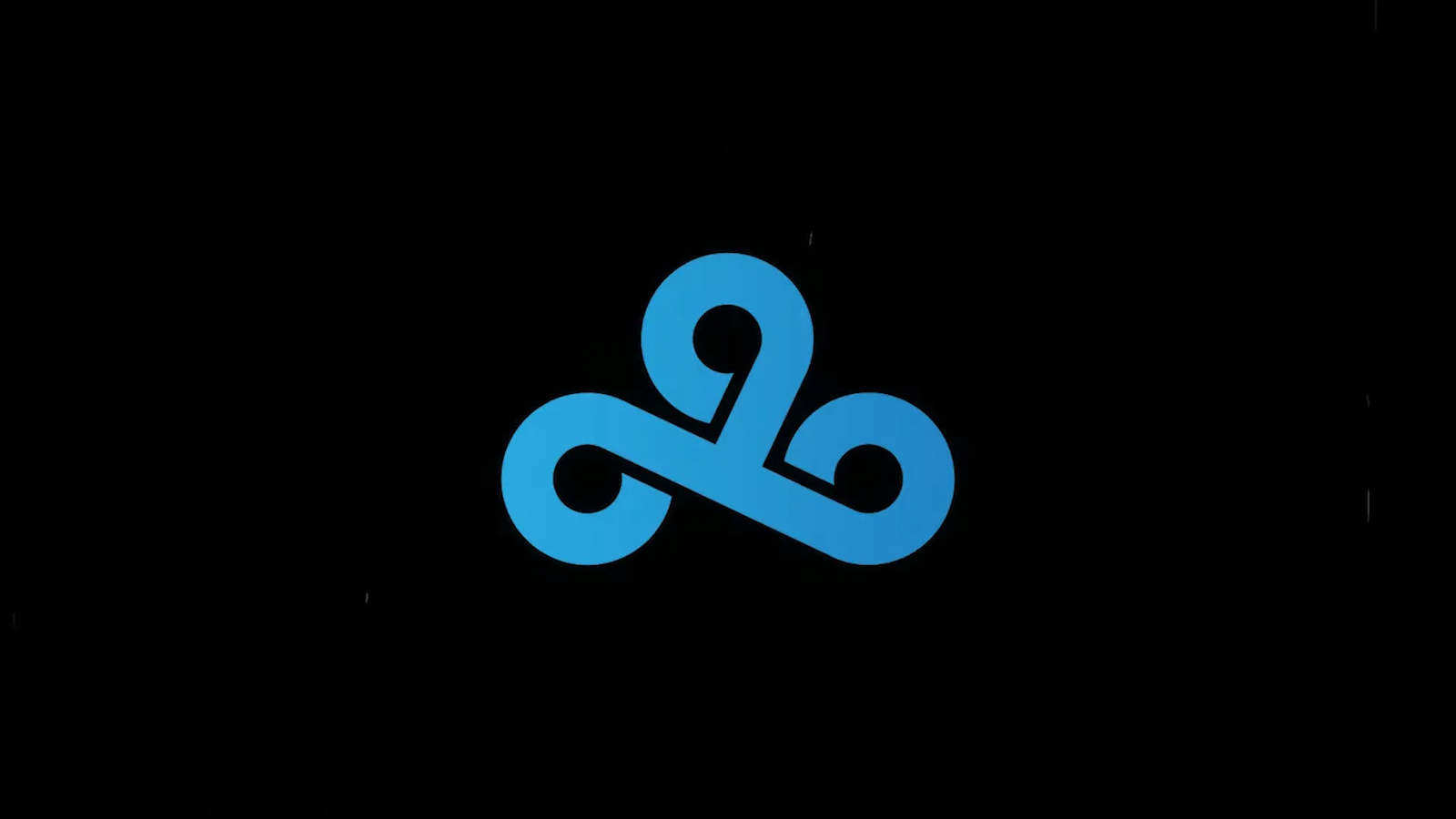

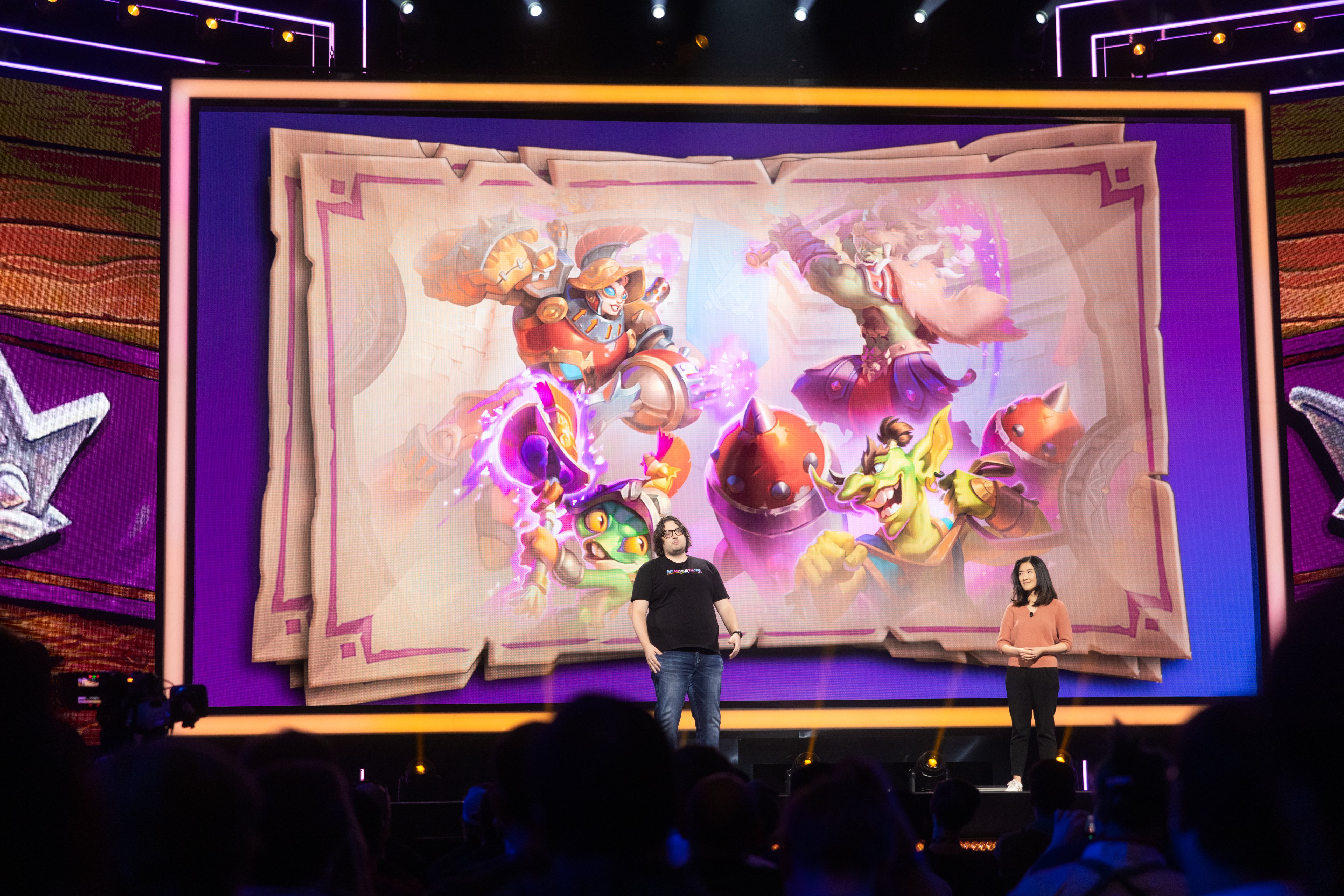
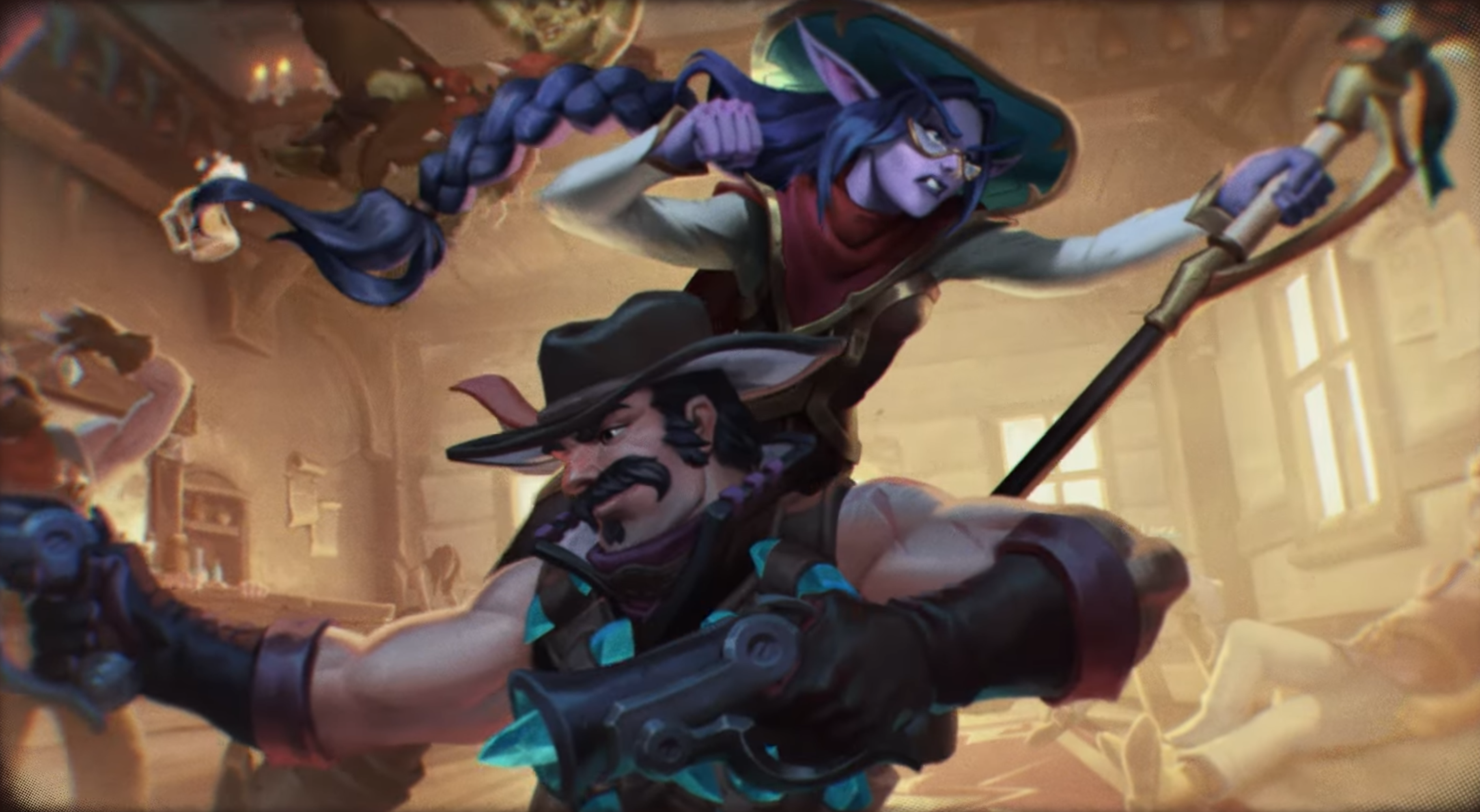
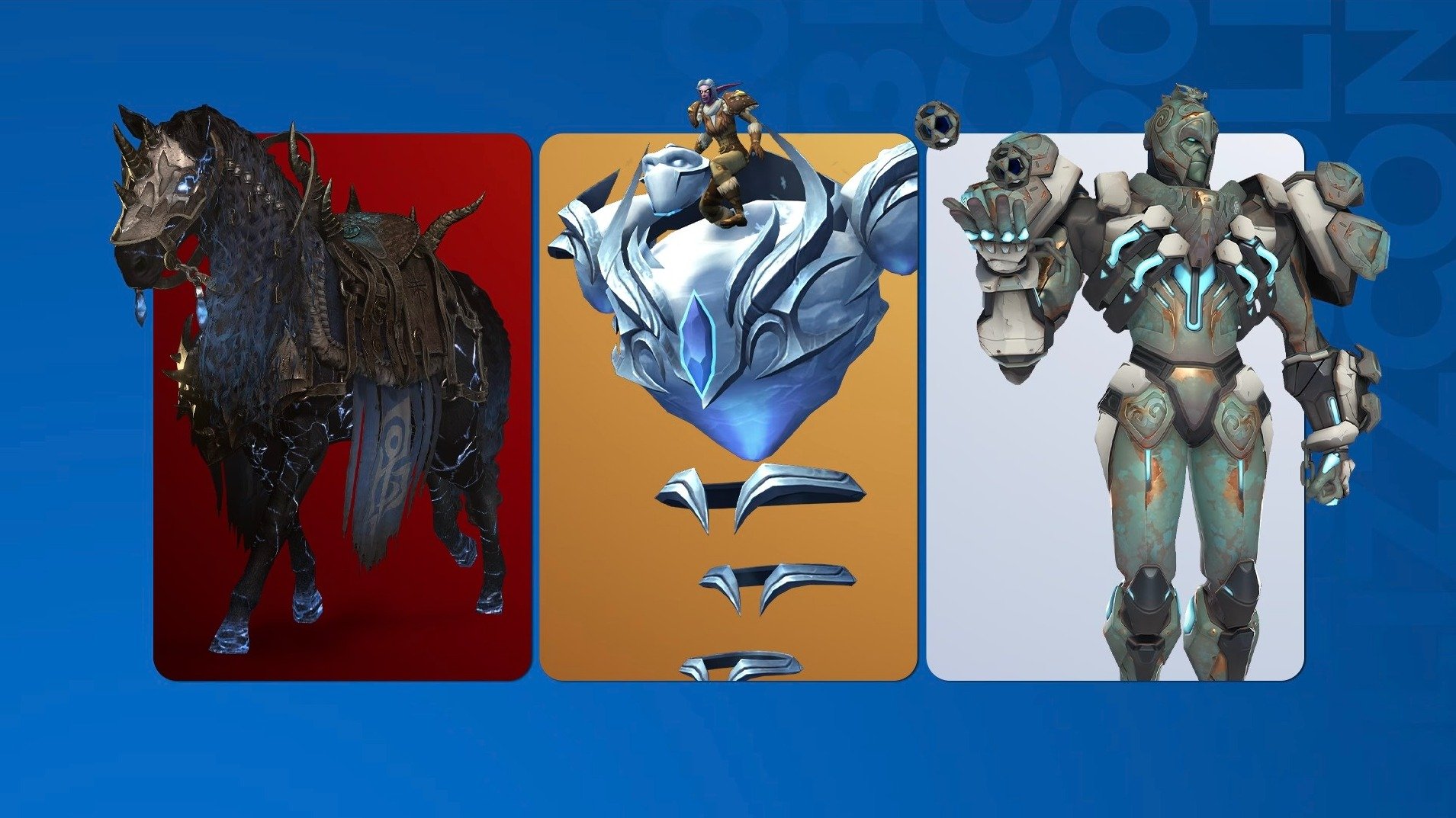
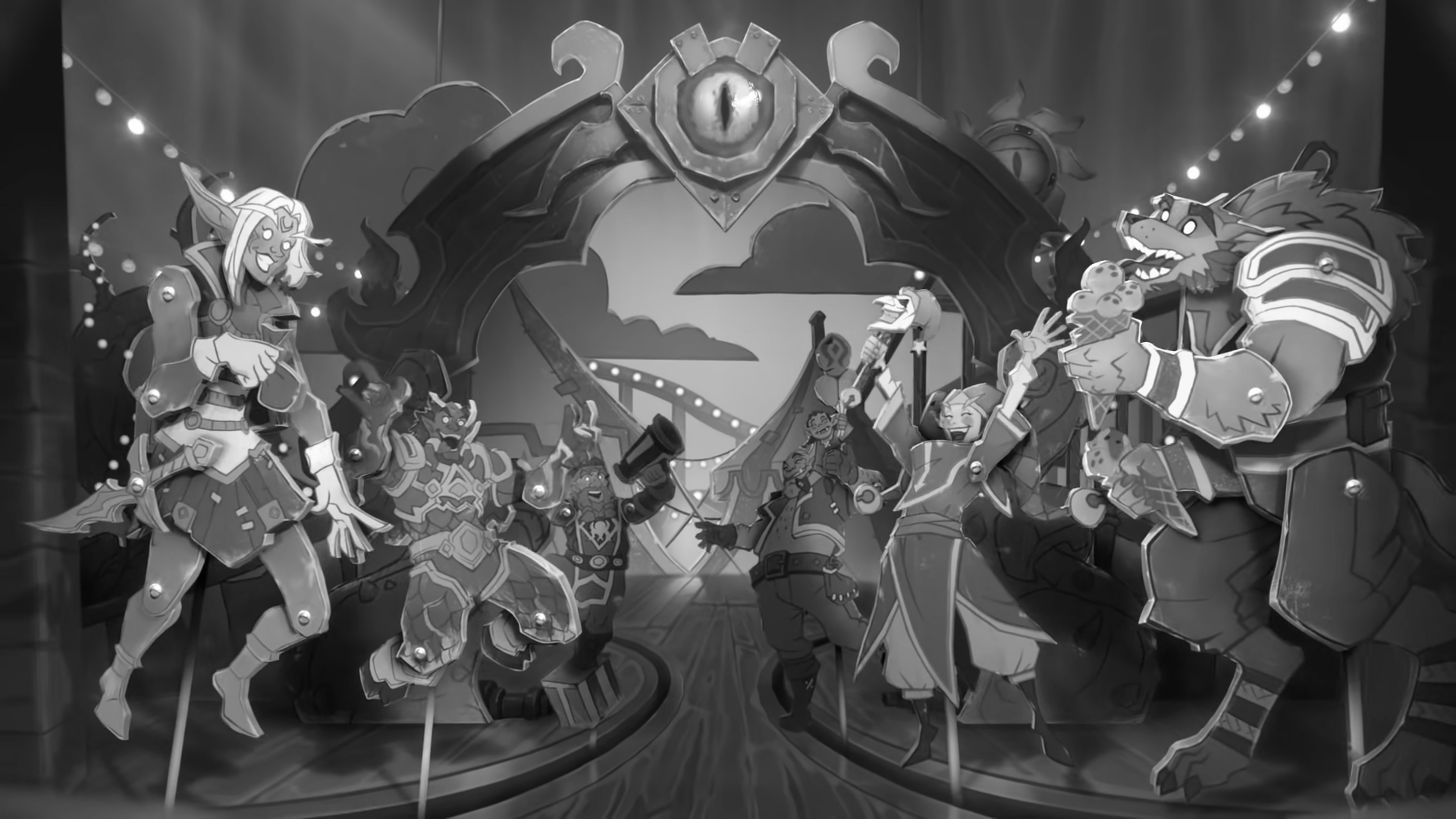
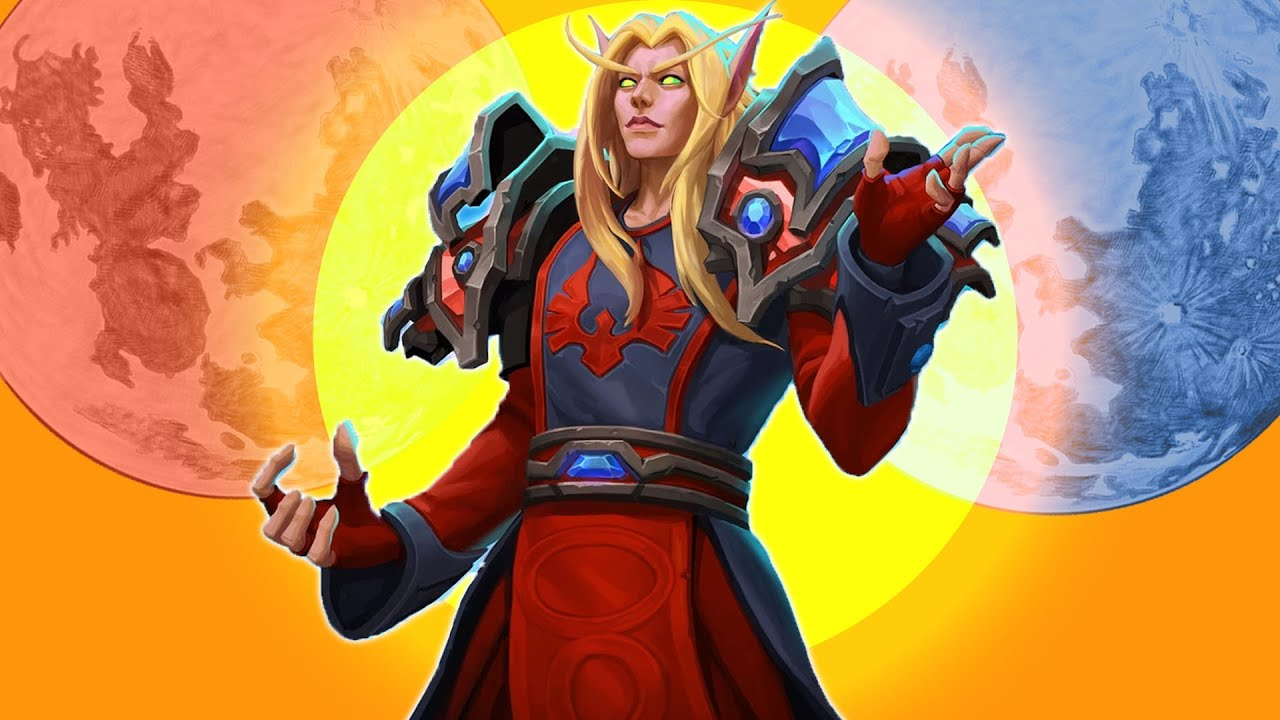
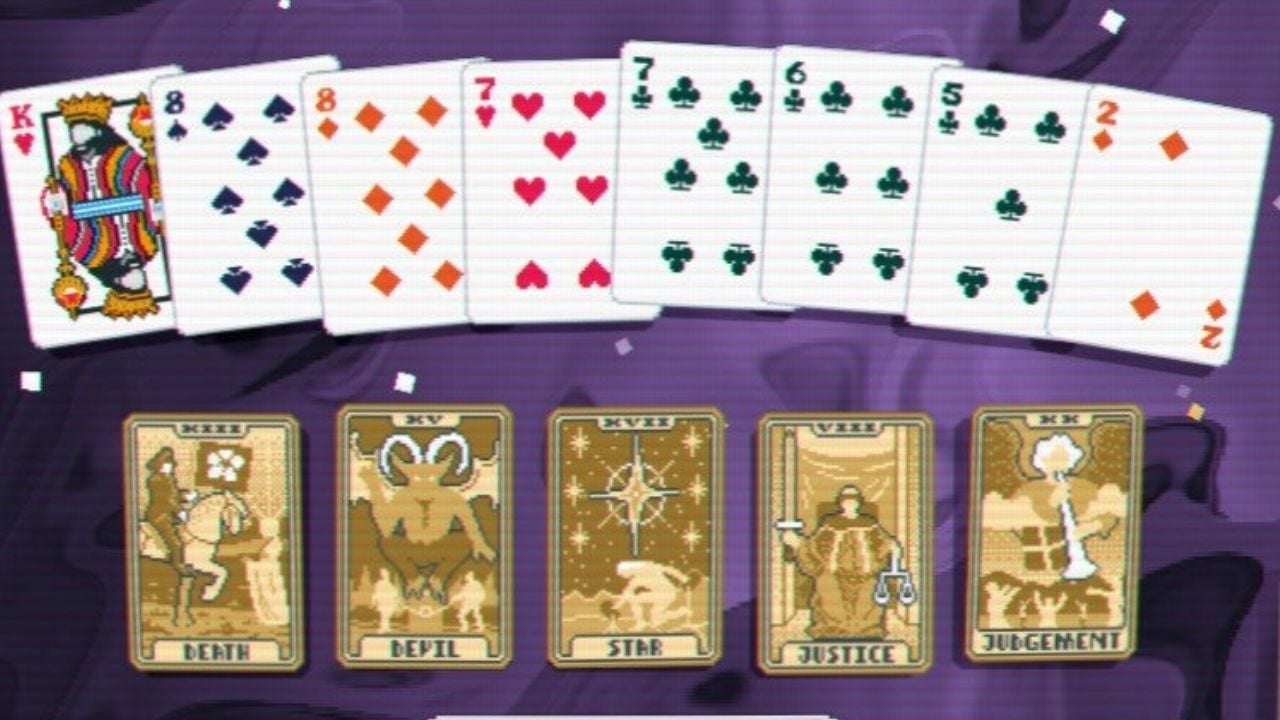
Published: May 31, 2015 09:57 am